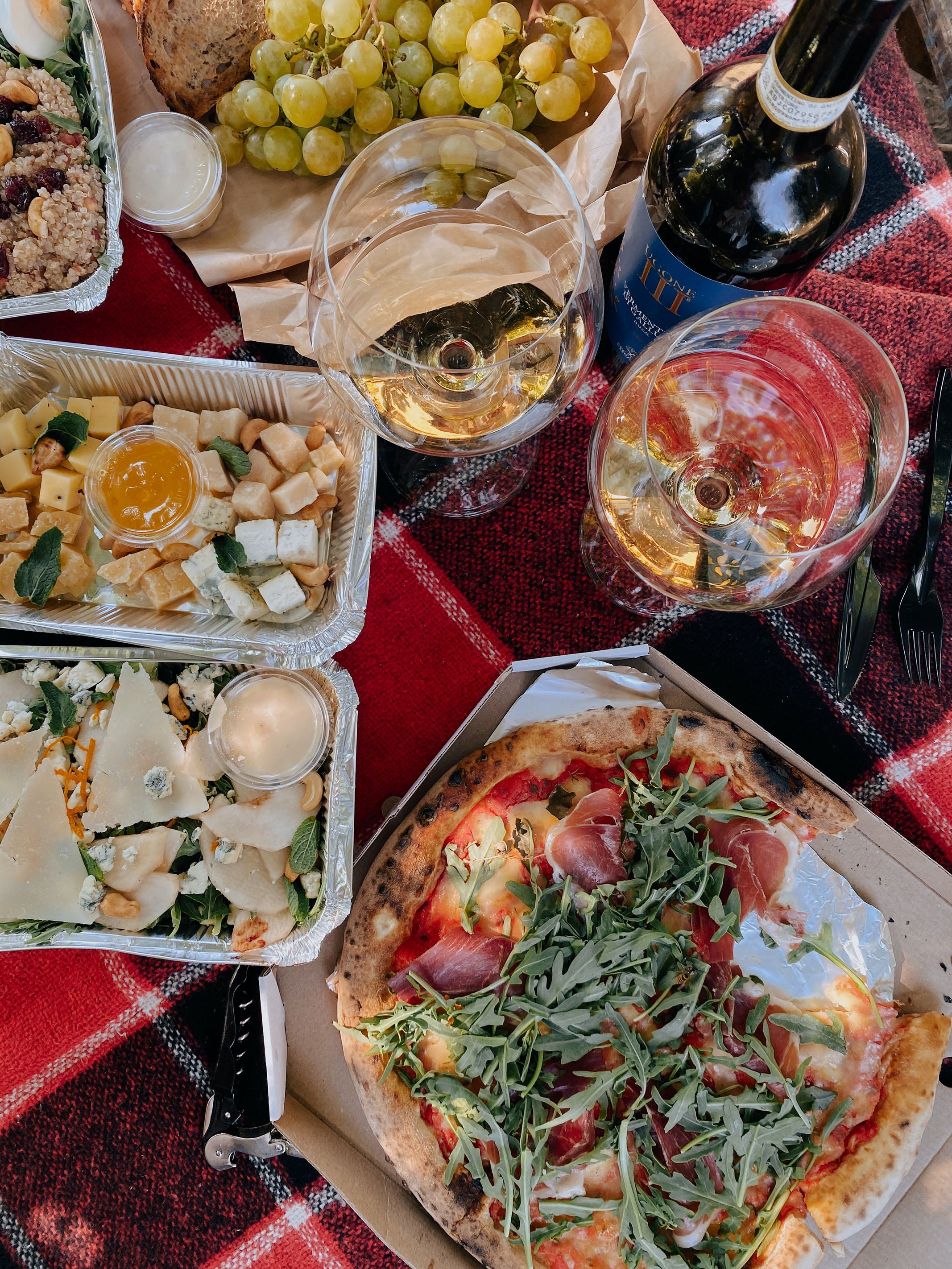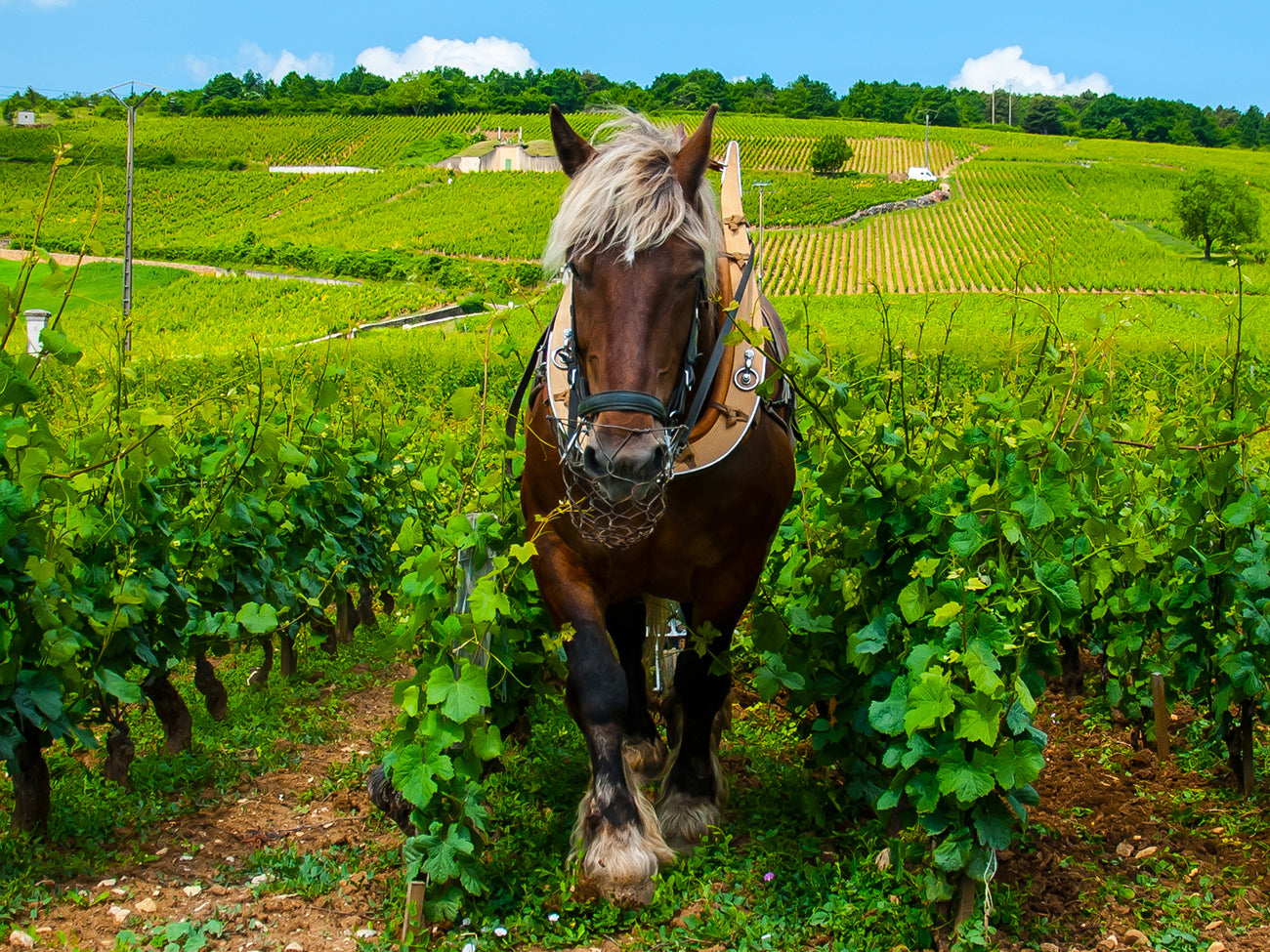
Yeasts, can we do without them?
We can thank yeasts every day on our bare knees for what they make for us. All the delicious food like bread, cheese and pizza. Yes, wine needs yeast too. How exactly does this happen?
Fermentation process
Yeasts are everywhere. From the soil of the vineyards to the wine cellar. The right yeasts ensure fermentation. Fermentation is the process in which the sugars of grape juice are converted into delicious wine by yeasts, bacteria and other micro-organisms. The by-products that are created during this process are alcohol and carbon dioxide. In addition, special (secondary) aromas are released that make this grape juice taste like special flavors. Finally, sulfite is also created naturally by this process.
The process of converting sugar into carbon dioxide also occurs in bread and pizza. Carbon dioxide is created in the dough, which forms bubbles, causing the dough to travel. Since alcohol is also a by-product of the fermentation process of bread and pizza, alcohol is also created during conversion. Yes, there was alcohol in bread! The alcohol evaporates during baking, allowing us to enjoy bread every day without getting drunk!
To make wine from must (grape juice), as many yeasts as possible are needed. A winemaker can add extra sugars to increase the alcohol percentage. The more sugars, the more alcohol can be created as a by-product. This is also called chaptalization. In France, wine regions must meet a certain minimum alcohol percentage, which is why it is often used in France.
Malolactic transformation
In addition, a malolactic conversion can also take place in the process of making wine. In this process, the winemaker converts the malic acids of the grape into lactic acids by means of bacteria. No yeasts are involved, so we speak of a malolactic conversion, instead of fermentation.
This conversion changes the structure of the wine. This often happens with red wine, so that the wine becomes more supple. With white wine, the malic acids are desired, so this happens less often. The white wine gets a buttery structure through malo. Think of a fat Chardonnay.
Champagne
The bubbles of Champagne are created in the bottle. This is traditional and is what makes Champagne Champagne. All yeasts are used up during the fermentation process and sugar and yeast are added to the bottle for a second fermentation. This is also called liqueur de tirage . During this fermentation, the carbon dioxide cannot escape, which creates the sparkling in the bottle. The colder the wine cellar, the smaller the bubbles of Champagne. Not too cold, because then it stops fermenting!
Conclusion
It is amazing, we only need to let ingredients come into contact with yeasts, and they make a delicious end product for us. Without yeasts, we would have had a boring life without wine and bread. The yeasts are therefore just as important as the grains of bread and the grapes of wine. When life gives you grapes, yeast will make wine for us!

